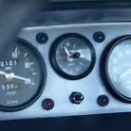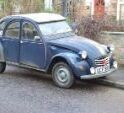Are rising-rate springs offered for older chod?
-
Similar Content
-
Rise in car thefts
By Flat4,
- 20 replies
- 1,921 views
-
Your MOT success rates 1 2
By DavidB,
- 39 replies
- 2,831 views
-
April 2025 VED Rates
By Hawkeyethenoo,
- 4 replies
- 613 views
-
Chod and Animals 1 2 3
By Austat,
- 66 replies
- 4,489 views
-
Chod on Google maps. 1 2
By Yoss,
- 56 replies
- 5,241 views
-




Recommended Posts
Create an account or sign in to comment
You need to be a member in order to leave a comment
Create an account
Sign up for a new account in our community. It's easy!
Register a new accountSign in
Already have an account? Sign in here.
Sign In Now